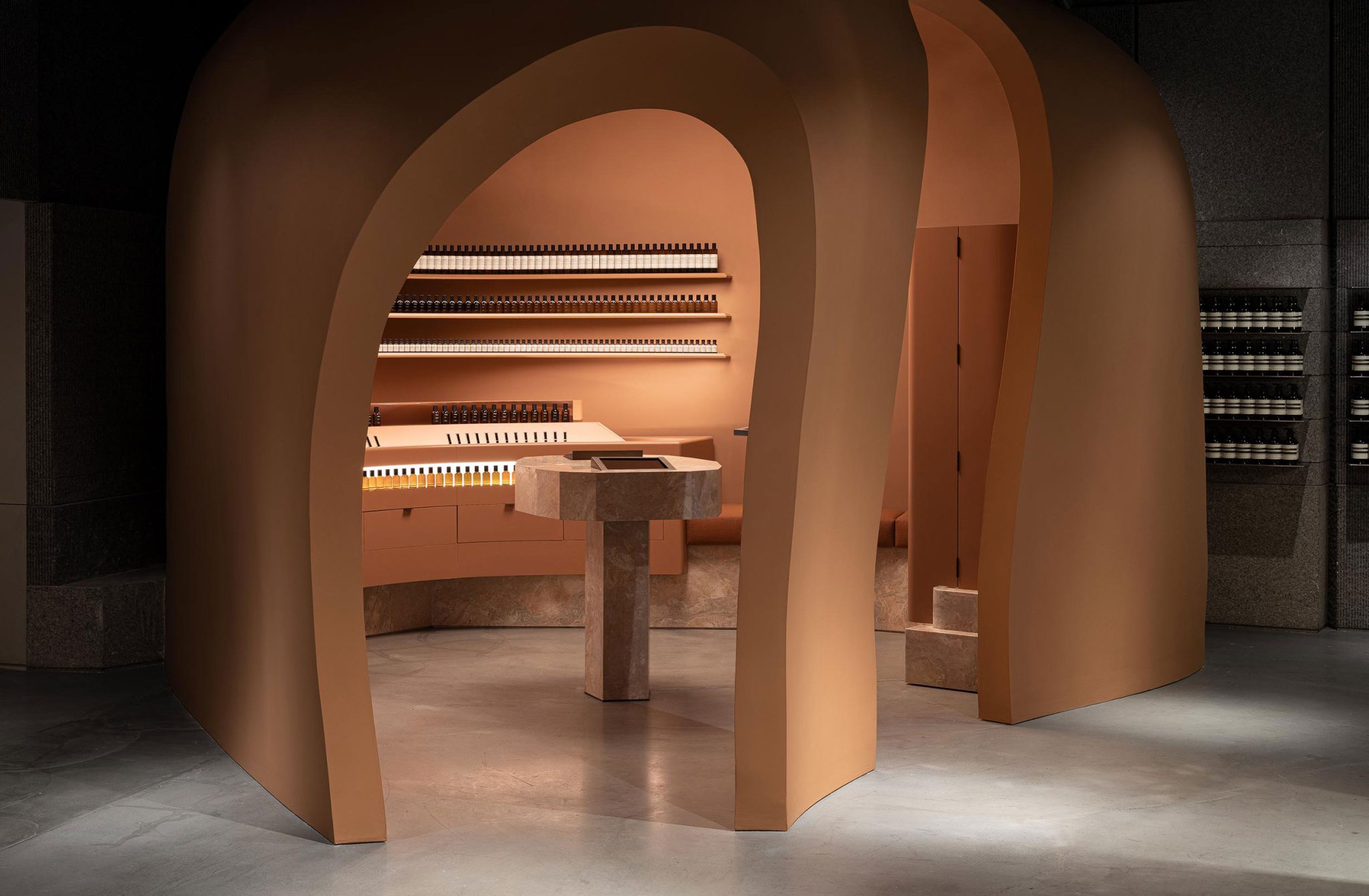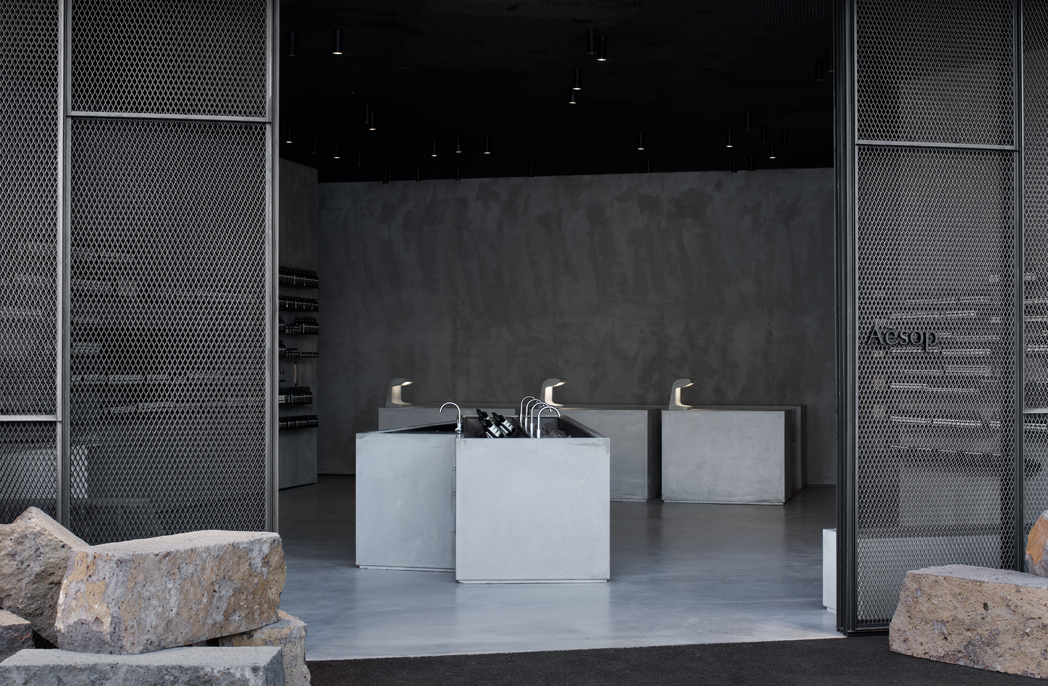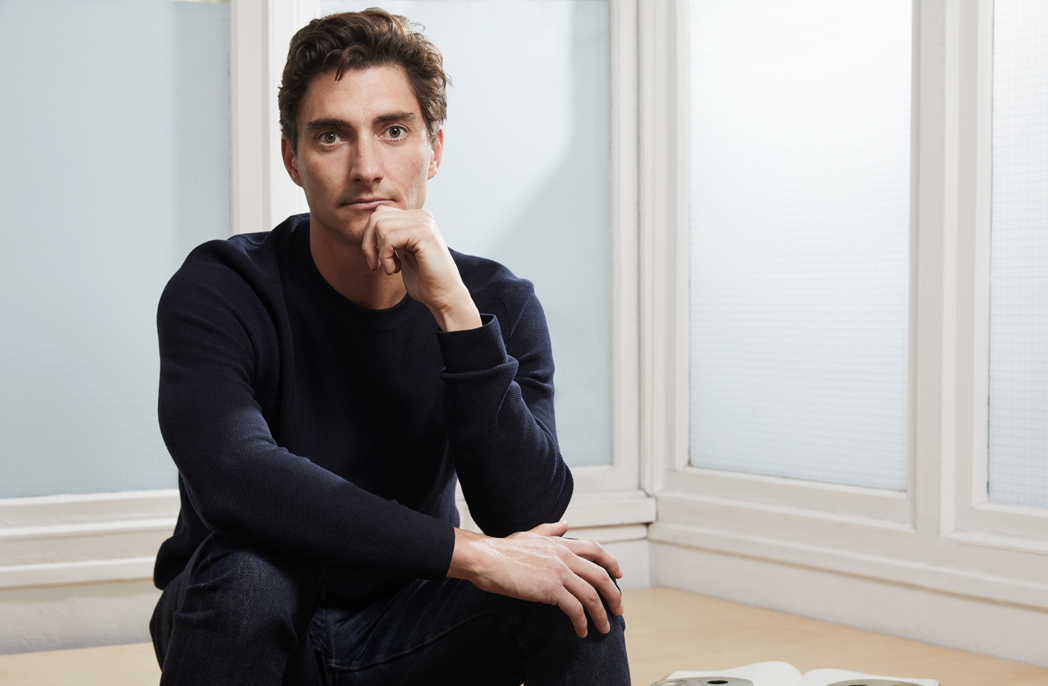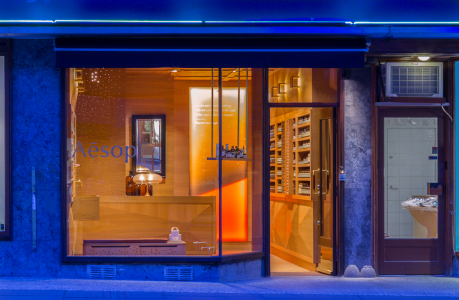
Aesop collaborates with artist Bart Hess for new art film series
Aesop collaborates with artist Bart Hess for new art film series
Share
Aesop and Dutch artist Bart Hess have collaborated on a new digital installation that spans 60 metres within the Myer Bourke Street windows, in Melbourne.
Called ‘Epistēmē’, the Ancient Greek word for knowledge and understanding, the installation explores how the skin acts as an interface between the body and the world around us.
Hess has developed seven films that dramatise the moment that Aesop products touch the surface of the skin using a variety of materials including foils, paper, PVC, latex and water colour to create impressions of envelopment and volume.
ADR spoke with Aesop creative director Marsha Meredith and Hess about the collaboration and what’s next for the skincare brand.
Can you tell me how the collaboration came about and how you came up with the concept for the display?
Marsha: We are constantly looking for new people to work with and we seek out people that have a similar mindset. By that, I mean they demonstrate a really deep passion for their work and are also very curious about their field.
I’ve admired Bart’s work for a really long time and you can see through his work, even though it’s quite different to us, his voice and aesthetic is harmonious with ours, not necessarily similar but harmonious. The brief to Bart was to consider our seven product categories and with each of those categories, how they relate to the skin and the senses and how the products themselves interact with the skin and the senses. Fortunately, this is a fascination of Bart’s already and it wasn’t too much of a leap from that brief to what Bart does already.
Talk me through the concept for the films and how they will play out in the window display.
Bart: It was really about using the body as a canvas, so using the products and the rituals of washing yourself using the products, which senses do you use and how can I visualise that sensation. I’m always looking how to turn emotion into material and how to capture that material on film: how can I translate these feelings or the transformation of the body in image or in moving image?
A lot of the inspiration came from the product itself. For example, one window is about body care, so soap creates volume when you use it and a poetic translation of a person using soap is that it adds a layer around the body. In the film you will see a girl using the product and she is surrounded by PVC, which creates a liquid layer around her face. The shape is quite sculptural and for me, it’s important that it’s almost semi-virtual: the base I create is real, and then I use a lot of effects of layering the material so it creates a volume over the face and body.
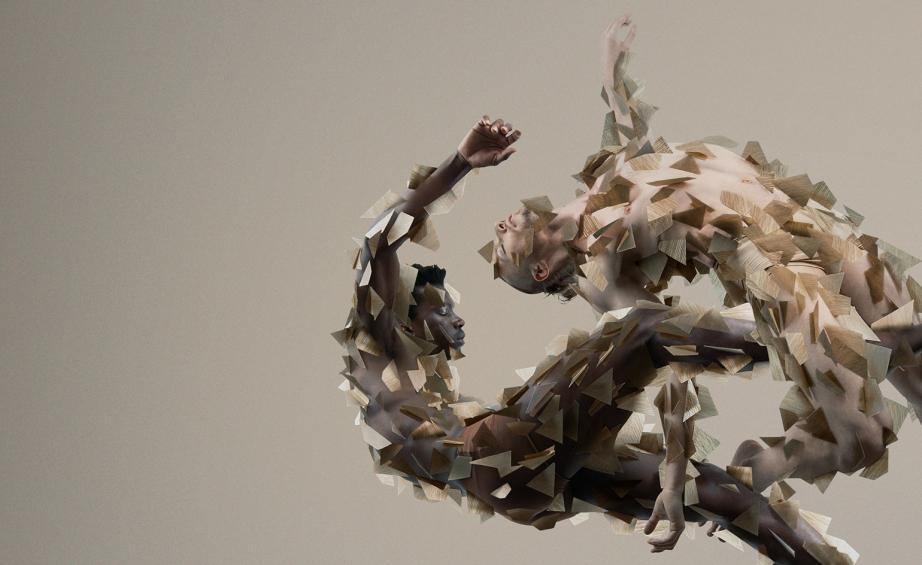
How involved was Aesop throughout the process?
Marsha: All of our collaborations are very much hand-in-hand with the artists, but the first step is obviously in the selection of the artist. They have to align with our values but also be someone that is going to push us a little bit through the process and hopefully, we push them a little bit and we both learn together through.
With Bart, first of all, we wanted to introduce him to the company and make sure he had a good understanding of us and also the products. From there we try and step back a little bit and allow the artist’s unique voice to come through and then we guide and support them all the way through the execution and then the installation. We have a talented visual design team here in Melbourne that carried out that last leg of the process.
Aesop is well known for its relationship with the design community, but how does this campaign differ from previous activity?
Marsha: There’s a different aesthetic because Bart is with us and so that’s what has been beautiful about it, it’s allowed us to push the envelope just a touch, not outside of what feels right for us but just to the limits. It’s a great opportunity to do something different but I think on top of the aesthetics being a progress for us, the digital exploration is too: all of my windows previously have been physical installations and in fact, they have been performances as well, so this is the first digital installation we’ve done. It’s exciting for us, it opens up new opportunities for the future as well, and on top of that, it’s great that the installation is focussed on the Myer windows but it will give us the opportunity to use these assets globally after the launch.
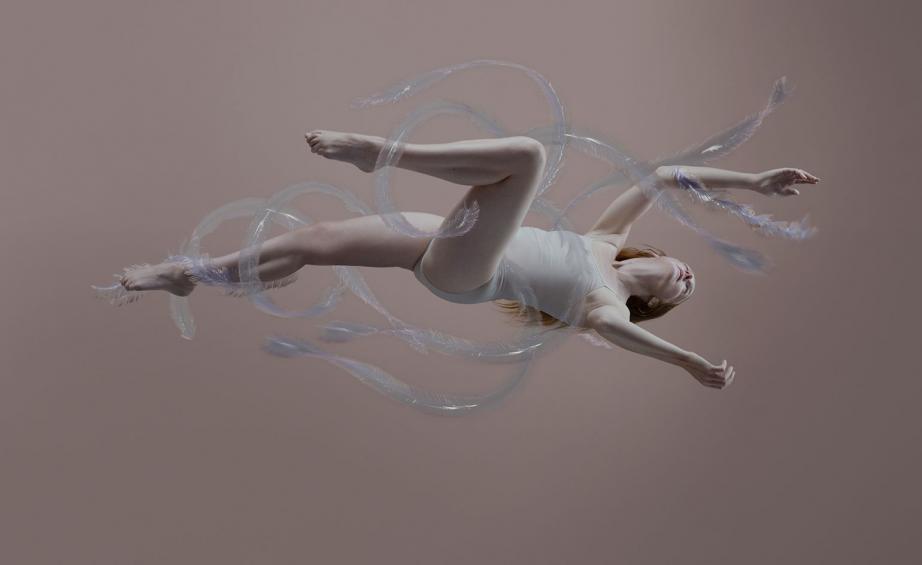
What new digital opportunities will you explore now?
Marsha: We’ve been having lots of interesting conversations, potentially we might explore virtual reality for example. The opportunity is to really touch people’s souls and to expose them to a different world it’s just so powerful. But we always start with trying to find the most poetic expression we possibly can and the medium is secondary. Once you’ve got that poetic expression you have boundless opportunities in front of you and that’s very exciting.
Bart, your work straddles textile, fashion and animation within both the commercial and art world. How does working across these different fields shape your approach to new projects?
The approach always starts the same, so material, emotion that’s very important and many times it’s the materials and emotions that make me come to a discipline. Let’s say the material moves beautifully so it would be interesting to see that live or in film so that’s a logical path.
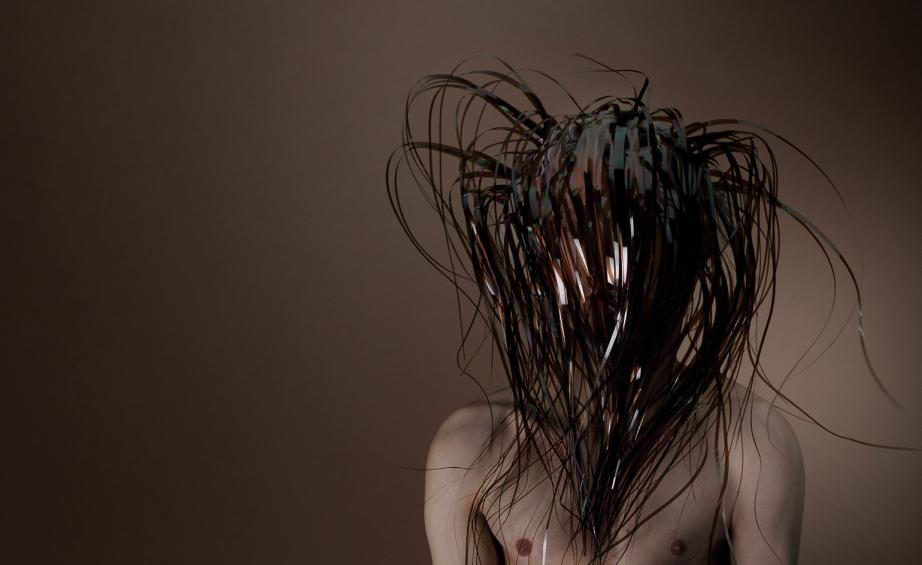
What’s next for Aesop when it comes to partnerships with the likes of The Metropolitan Museum of Art, The Serpentine Pavilion, MONA. Are there any new partnerships/ activity on the horizon?
Marsha: We are looking to develop most of our partnerships, we take our time to develop partnerships – I don’t think we rush with any of them, and we always develop genuine partnerships that I think mature in their own time. The recent partnership with the Serpentine Gallery in London for example, which celebrated the new pavilion, came about because the architect Frida Escobedo has designed a couple of our stores for us in the US. So, that was a natural progression for us and it also provided an opportunity for us to further explore The Fabulist, which is our literary publication, so for that particular partnership we developed the 23rd issue of the Fabulist collaborating with some really strong writers. It was a great opportunity to contribute to the conversation around architecture, which the pavilion stimulates as well.
Why is the A+D industry such a focus for Aesop?
Marsha: It’s something that existed before I started at Aesop and I sometimes consider that question myself. I think it’s a continuation in a way of the senses. I think it started initially because we sold our products in department stores and wholesale accounts and it was an opportunity to own our space and control how we sold our products to our customers. By doing that we get to manage every sensory element: sound material, lighting and scent, so it enables us to present our products to our customers in a way that we feel most appropriate.
A subtle adaptation of the work will be on display in the windows of Myer Queen Street, Brisbane and Myer Market Street, Sydney.
You Might also Like
